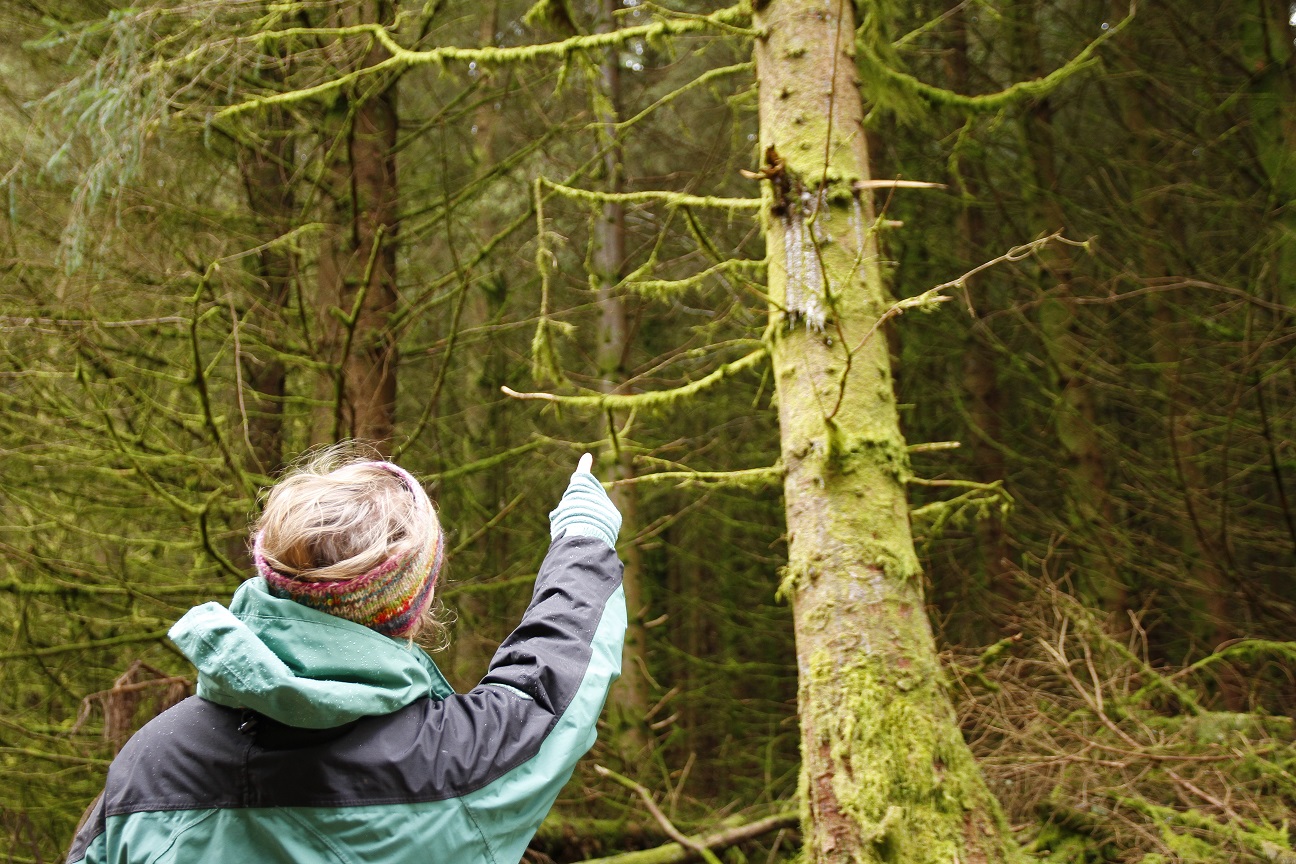Summary
The aim of this PhD project is to evaluate how insect pests are managed in forestry and find ways to improve Integrated Pest Management (IPM) within the industry. Integrated pest management (IPM) is a coordinated, ecosystem-based strategy that aims to prevent, detect and control insect pests in order to enhance forest yields whilst reducing negative environmental impacts.
This research will review the status of insect pests in British forests, assess current pest management practises, gather information on forest manager knowledge and attitudes, and identify methods that could be adapted or improved.

Research Objectives
The research objectives for this project are to:
- review scientific literature and policy and practise guidance regarding the status of forest pests and their management in Britain.
- generate qualitative data from interviews with forest managers to understand their views and experiences of pest management.
- identify integrated pest management (IPM) methods used in other sectors (e.g. agriculture) that could be adapted for forestry.
- conduct a case study to evaluate existing pest management strategies and scrutinise the development of new pest control methods and their integration into an IPM strategy.
- formulate recommendations and industry guidance based on research findings.
Latest Update
This part-time PhD project started in September 2020 and is expected to complete in 2028.
Our Involvement
Katrina Dainton is undertaking this PhD as part of her role as a Research Entomologist at Forest Research.
Funding & Partners
-
 The Scottish Forestry Trust
The Scottish Forestry Trust -
 The University of Edinburgh
The University of Edinburgh -
 Scotland's Rural College
Scotland's Rural College
